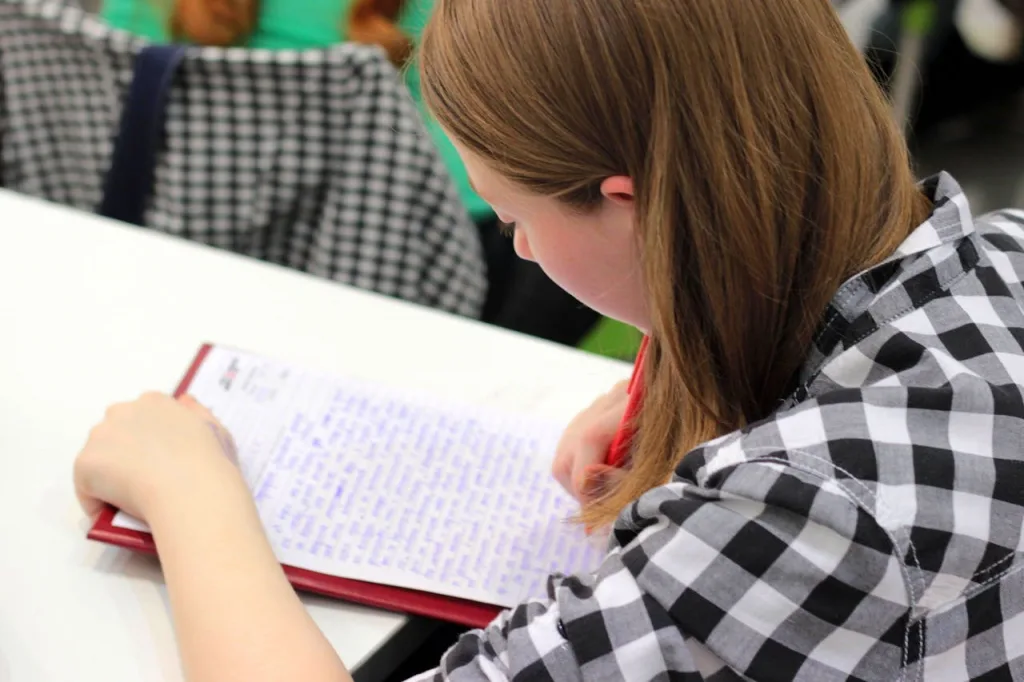Prince Lahoria
A blogger and a person who likes to write about Business and other related things.
With the pace of the academic world, piles of homework, and having to always stay ahead of others, most students feel that...

Image Credits: pexels
With the pace of the academic world, piles of homework, and having to always stay ahead of others, most students feel that their only hope for success is through non-stop studying. Nothing could be more mistaken. The planned break is one of the most underutilised yet powerful tools available to enhance academic success.
Learning how to break and when to break can also enhance focus, memory recall, and stress relief, ultimately increasing the quality of work. Whether studying coursework, preparing for exams, or in need of assignment help, understanding how to take breaks can be the difference between burnout and success.
This guide explores the meaning of planned breaks, their role in improving learning outcomes, and how to introduce them as part of a 16–to 30-year-old student’s study routine.
Planned breaks are brief, deliberate stoppages between study sessions. Unlike random distractions, planned breaks are intentional and structured, aiming to replenish mental energy. Think of them as pit stops on a race track—brief but necessary to refuel and re-energise.
The brain cannot maintain high concentration levels indefinitely. Studies show that attention begins to drop after 25–30 minutes. Timed breaks reset this focus span, allowing students to return with refreshed energy.
Breaks support memory consolidation, helping transfer information to long-term memory. This is especially helpful for exam prep or lengthy assignments.
Without breaks, constant study can elevate cortisol (the stress hormone), leading to anxiety and burnout. Breaks ease the mind and stabilise emotions.
Taking time away from intense study lets the subconscious mind process information, often leading to unexpected insights and more efficient problem-solving upon return.
Many students skip breaks due to misleading beliefs:
Taking a break doesn’t mean mindlessly scrolling Instagram. Instead, use these science-backed break techniques:
Stretch, take a walk, or do light exercises to get the blood flowing and clear mental fog.
Just 5 minutes of deep breathing or mindfulness can ease anxiety and improve focus.
Eat brain-fuelling foods like fruits, nuts, or herbal tea. Avoid heavy caffeine or sugary treats.
A 15–20 minute nap can improve concentration, mood, and memory. Don’t exceed 20 minutes to avoid grogginess.
Everyone’s concentration span varies. Once you know when you start to drift, use it as a cue to break.
Timers help keep both study sessions and breaks structured and effective.
Use a checklist to assess your daily study goals and adjust break frequency as needed.
Breaks prevent burnout and make it easier to keep a consistent study routine, even across multiple modules.
Refreshed minds produce sharper, more thoughtful assignments—whether self-written or with assignment help.
Breaks offer a space to reflect, relax, and recharge, keeping mental health in check across demanding academic terms.
Even when you seek assignment help, breaks matter:
Avoid turning breaks into distractions:
Create an environment where productive breaks are possible:
Planned breaks work best alongside:
Together, these habits amplify academic results.
The myth that success comes from non-stop studying is misleading. Planned breaks are essential, not optional. They:
Whether you’re buried under coursework, preparing for exams, or seeking assignment help to finesse your assignments, strategic breaks will boost your performance and peace of mind. For students aiming to reach their full potential without burning out, support services like Assignment in Need (assignnmentinneed.com) can provide guidance, structure, and academic clarity on your journey to excellence.
Suggested:
How to Effectively Communicate With an Assignment Helper?
Inspire Academic Growth: Essential Assignment Tips for Mastery.